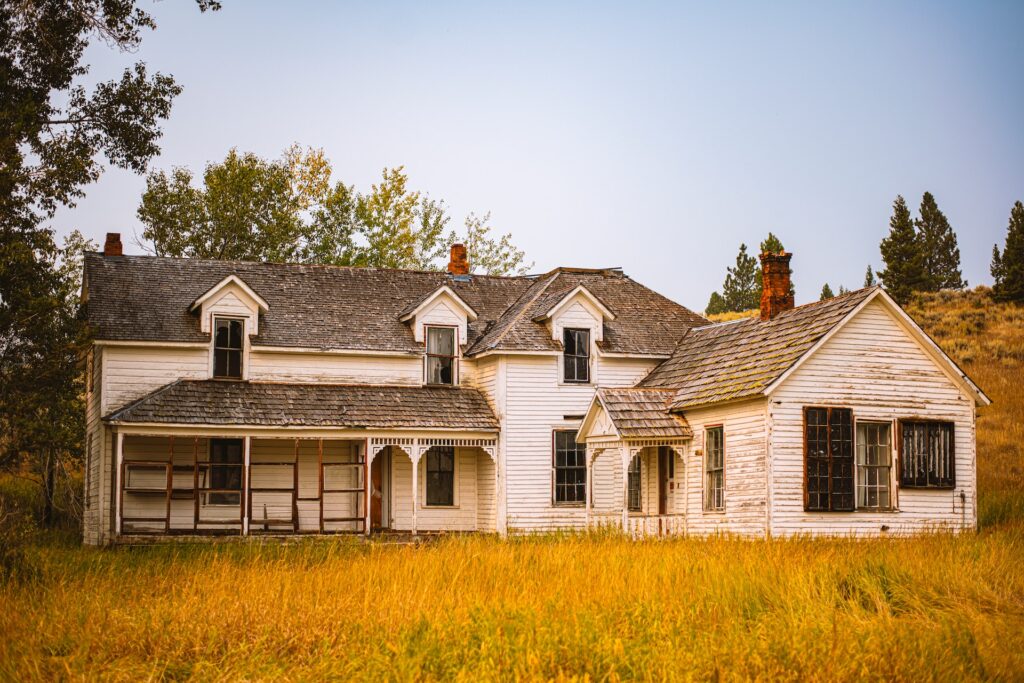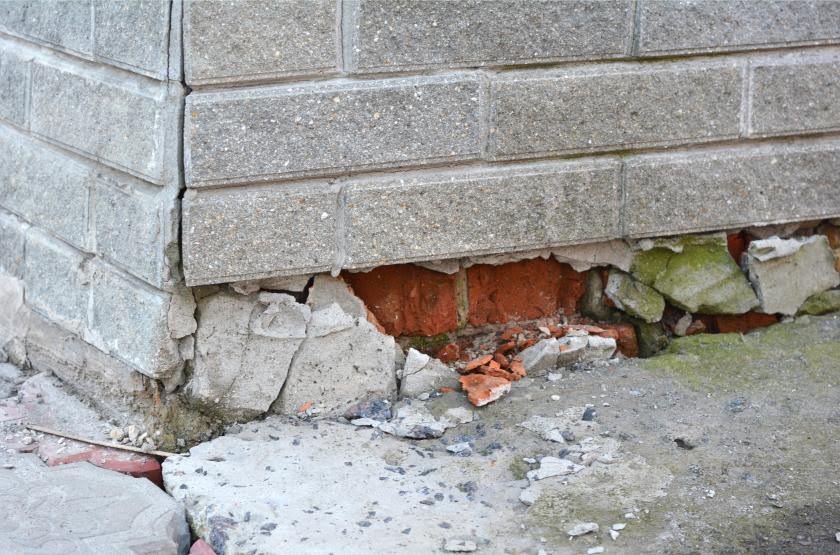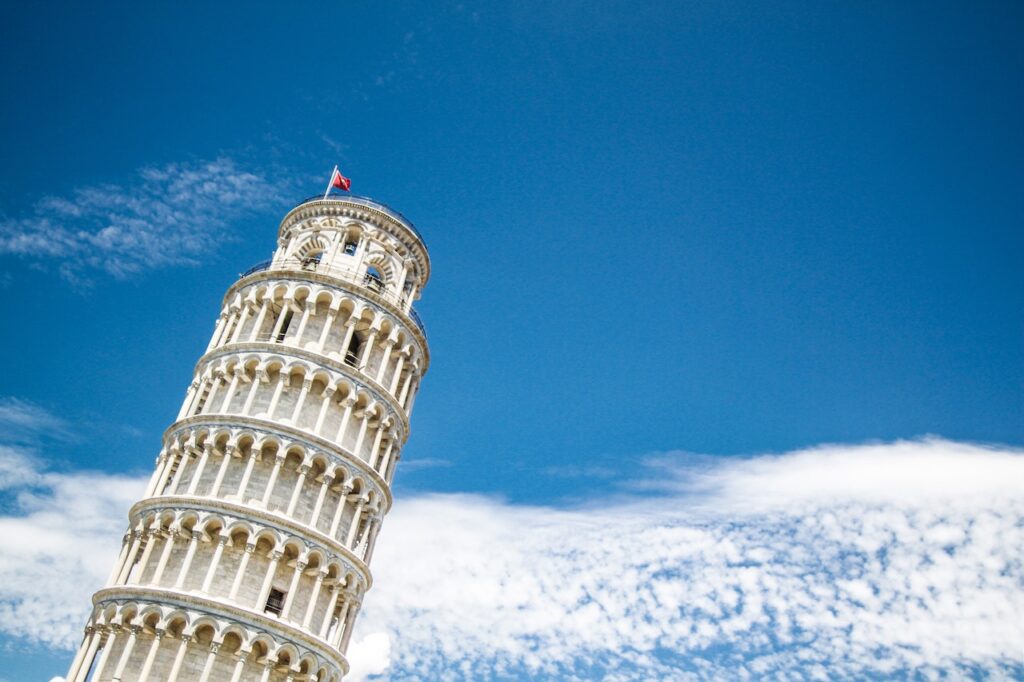Older buildings are revered for their historical significance, architectural marvels, and the stories they hold. However, along with their age comes potential structural issues, particularly concerning foundations. Puget Sound Engineering has been on the forefront, assisting many homeowners and property managers in the Puget Sound area in identifying and addressing these concerns. Here, we shed light on some common foundation issues in older buildings and provide expert insights on remedies.
Why Do Older Buildings Face Foundation Issues?
Several factors contribute to foundation problems in older structures:
Natural Settling
Over time, all buildings settle due to the weight of the structure on the soil. While this is normal, excessive settling can lead to problems.
Soil Issues
Older buildings may have been constructed on soil that wasn’t properly compacted, leading to uneven foundation settlement.
Water Damage
Over the years, untreated water leaks can erode or damage the foundation.
Materials Degradation
Older materials might not have the longevity of modern construction materials and can deteriorate over time.
Common Foundation Problems in Older Buildings
Cracks
These can appear in the foundation itself or in the walls and floors of the building. Vertical, horizontal, and diagonal cracks each indicate different issues and pressures on the foundation.
Bulging or Bowing Walls
This is usually caused by external pressure from the soil or water buildup outside the foundation.
Uneven or Sloping Floors
This often indicates a settling or sinking foundation.
Doors and Windows that Stick
This can suggest that the foundation is shifting, affecting the frame of the building.
Expert Insights from Puget Sound Engineering
Regular Inspection is Key
It’s crucial for owners of older buildings to schedule regular foundation inspections. Early detection can prevent minor issues from becoming major concerns.
Water Management
Ensuring proper drainage around the building can prevent many foundation issues. Gutters, downspouts, and grading can play pivotal roles in directing water away from the foundation.
Foundation Repair Methods Vary
Depending on the issue, different repair methods can be employed. This includes underpinning, using piers or pilings, mudjacking, or employing modern techniques like polyurethane foam injection.
Historical Significance
Often, older buildings might be under preservation orders. Any foundation work must maintain the building’s historical integrity. It’s essential to collaborate with engineers who understand this delicate balance.
Preventative Measures
While addressing existing issues is crucial, prevention is better than cure. Soil stabilization, installing root barriers, or reinforcing the foundation can help avoid future issues.
Case Study: A Puget Sound Engineering Success Story
A historical building from the early 1900s in the heart of Puget Sound showed signs of foundation settling. Owners noticed large cracks in the exterior walls and sloping floors. After a thorough inspection, our team found the cause to be a combination of natural settling and water damage.
Our engineers designed a solution that combined underpinning and a new drainage system. Not only did this stabilize the foundation, but it also ensured future protection against water-related issues. The repair maintained the building’s historical appearance, leaving its heritage untouched.
Conclusion
Foundation issues in older buildings can be complex, given their age, construction materials, and methods. However, with the right expertise, even the most challenging problems can be addressed while preserving the structure’s history and significance.
Puget Sound Engineering is committed to ensuring that older buildings in the region stand tall and proud for generations to come. Whether it’s routine inspection, minor repairs, or significant foundation overhauls, our team has the experience and passion for restoring and preserving the architectural wonders of the past.



